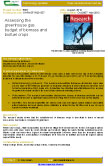
Assessing the greenhouse gas budget of biomass and biofuel crops - 5801
- Date
- 31 March 2012
- Type
- Technology Update
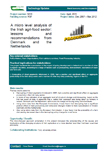
Project dates: Dec 2007 – Mar 2012
- Date
- 31 March 2012
- Type
- Technology Update
Cut foliage is vegetation used in large quantities as a source of decoration on its own or in association with flowers in bouquets. Evergreen plants with green, silver or variegated leaves are usually used and species with berries are now also becoming popular. A recent statistic from Holland indicated that 25-30% of bouquets now consist of foliage compared to 5%, 15 years ago. This trend is set to increase further because of the green, healthy image presented by such products and because of the predicted increase in consumption of floral products.
- Date
- 23 March 2012
- Type
- Factsheet
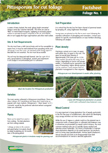
A native of New Zealand, the small, glossy, bright unmarked foliage is what the customer demands. The stems are used as ‘fillers’ in mixed flower bouquets, supplying an increasing export market to specialist bouquet companies in the UK and Holland, who in turn supply the major supermarkets and other retail outlets.
- Date
- 23 March 2012
- Type
- Factsheet
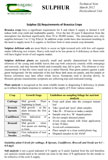
Brassica crops have a significant requirement for sulphur. This Factsheet outlines the conditions that underlie sulphur deficiency, how to recognise the symptoms, the best way to take a sample, sulphur guideline levels along with application advice.
- Date
- 21 March 2012
- Type
- Factsheet
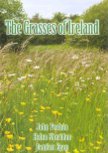
Teagasc in association with the School of Agriculture and Food Science, University College Dublin produced this 226 page book. With around 10,000 species grasses are the fourth largest plant family, surpassed only by the daisy-dandelion family, the orchids and the mint family. This vast number is divided into 600 genera organised into 12 subfamilies, to one of which most of our Irish species belong. They are by far the most important plant family in agriculture. Grasses account for 70% of the crops we grow, and three grass species provide us with more than half of the calories we eat. They are the principal food of cattle, sheep, horses and other farm animals. This book is now back in stock. Call 0599170200 to order your copy
- Date
- 16 March 2012
- Type
- Book
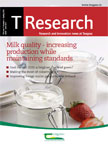
Milk quality - increasing production while maintaining standards Food Harvest 2020: a brighter shade of green? Making the most of colostrum Improving forage maize production in Ireland
- Date
- 16 March 2012
- Type
- Magazine
Proceedings from the Agricultural Research Forum which took place on the 12 -13 March 2012 in the Tullamore Court Hotel
- Date
- 15 March 2012
- Type
- Event Proceeding
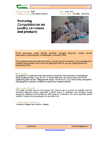
Reducing Campylobacter on poultry carcasses and products - 5965
- Date
- 1 March 2012
- Type
- Technology Update
Presentations from the National Potato Conference and Trade Show 2012 which was held on the 22 February in the Red Cow Hotel, Dublin
- Date
- 29 February 2012
- Type
- Event Proceeding
